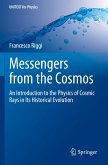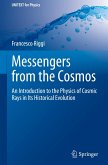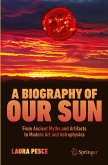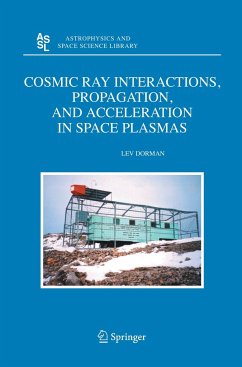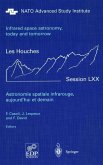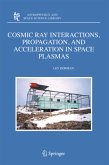There is a huge gulf between the real physics of space travel and the way it is commonly portrayed in movies and TV shows. That's not because space physics is difficult or obscure - most of the details were understood by the end of the 18th century - but because it can often be bafflingly counter-intuitive for a general audience. The purpose of this book isn't to criticize or debunk popular sci-fi depictions, which can be very entertaining, but to focus on how space physics really works. This is done with the aid of numerous practical illustrations taken from the works of serious science fiction authors - from Jules Verne and Arthur C. Clarke to Larry Niven and Andy Weir - who have taken positive pleasure in getting their scientific facts right.
"This slim book has the appealing premise of looking at the basics of space physics, from gravity through rocket science to the nature of a vacuum, by using examples from 'well-constructed science fiction'. ... a great read both for those who enjoy science fiction (or want to write it) and those wanting to know a little more of the realities of potential life in space." (Popular Science, popsciencebooks.blogspot.com, July 24, 2023)



